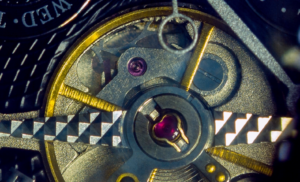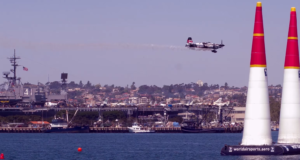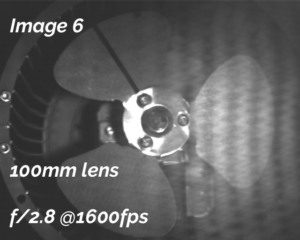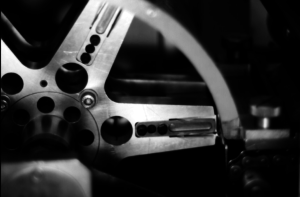In Bit Depth Part1 we defined what is meant by “bit depth” and saw how image quality improves as we progress from 1-bit to 8-bit images. In Part 2, we defined the various bit depth selections you will see on Fastec and other cameras and focused on the relationship between bit selection and dynamic range. In this section we will concentrate the practical how-to of optimizing 10- and 12-bit recordings…. Read More
Understanding Bit Depth (Part 2)
In Part 1, we introduced a few concepts: A “bit” is a binary digit Mono images with higher bit depths have more shades of gray Color images with higher bit depths have more possible colors Most displays are only capable of presenting 256 shades of gray or 256 shades each of red, green, and blue, which yields over 16 million colors In Part 2 we will cover: Bit Selection for… Read More
Understanding Bit Depth (Part 1)
We are going to break the subject down into three parts, with a separate post for each: Part 1: the basics–what is a bit? and how do bits relate to images? Part 2: Bit range settings on cameras–what is gained or lost when using them? Part 3: Getting the most out of 10- and 12-bit images Bit Depth Basics A bit is a digit in the binary (base 2)… Read More
Using LED Strobe Illumination with High-Speed Cameras
Illumination for high-speed imaging can be challenging because of the photographic trade-offs involved. Many high-speed applications require short exposures to eliminate motion blur and high f-stop settings to maximize depth of field. More “sensitive” cameras often have larger pixels, creating an even greater challenge with depth of field. All of this often leaves us scrambling for more light. Adding lots of light, however, can bring its own problems, including needing… Read More
Magnification and Frame Rate in High Speed Imaging
Determining the frame rate needed for a given application is one of the challenges of high-speed imaging. While it is intuitive that the faster an object moves, the faster the frame rate needs to be to capture it with a high speed video camera, that is only part of the equation. In the video above, an airplane, race horses, and a microscopic mite are shown in slow motion. They all traverse… Read More
Pixel Size and Depth of Field
It’s hard to get everything in focus for your high-speed shot, so it’s important to have good depth of field. In the image on the left, we are trying to capture an ant and a bee interacting. They are both constantly moving, making it difficult to get both of them in focus at the same time. Your application may require getting multiple moving mechanical parts in focus in one shot,… Read More
Imaging Objects Behind a Screen With a High Speed Camera
When using high-speed cameras to troubleshoot industrial machinery and manufacturing equipment, the objects or parts to record are often partially obscured by a protective screen or grate. Removing the screen may not always be safe or even possible. Throughout this article we will be looking at images of a fan that is rotating at 50Hz and placed behind a screen. The challenge is to be able to take images of… Read More
How to Use High Speed Cameras for Preventive Maintenance to Reduce Downtime
Preventive maintenance (PM) of mechanized production lines often requires visual inspection of moving parts such as motors, gears, belts, pulleys, chains, etc. Some parts may be obstructed from view by other machinery or hidden from view in enclosures or cabinets while the line is in operation. While conducting PM procedures, service personnel may routinely shut down a line, open the cabinets or enclosures, and check mechanical parts for wear. To… Read More
The Fast Evolving World of High-Speed CMOS Imaging
High-speed CMOS cameras are used in many applications and take on several common forms depending on their function. High frame-rate machine vision cameras are relatively simple in design and are used to ensure consistent quality in high-speed production lines. Machine vision cameras are produced in high numbers, which drive both sensor and lens development. The cameras are simple, composed only of optics, sensor, and interface. Image data is delivered from… Read More





